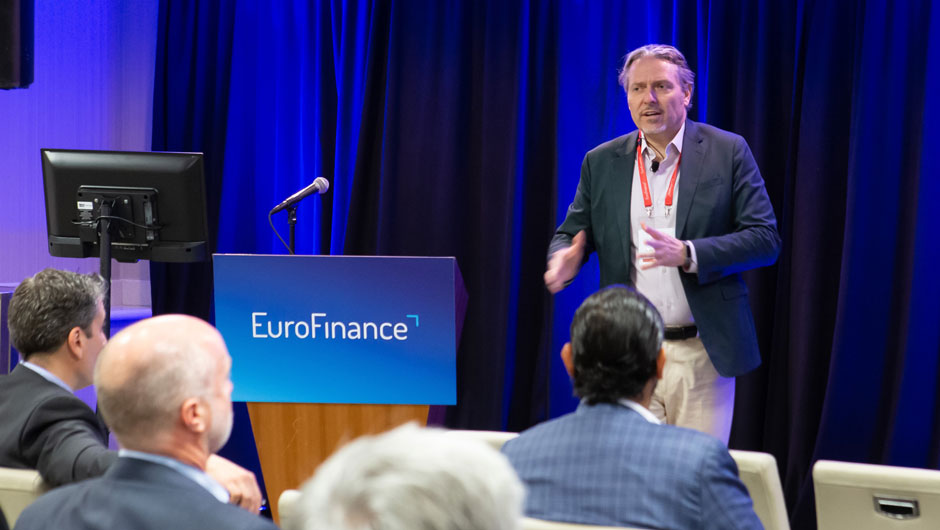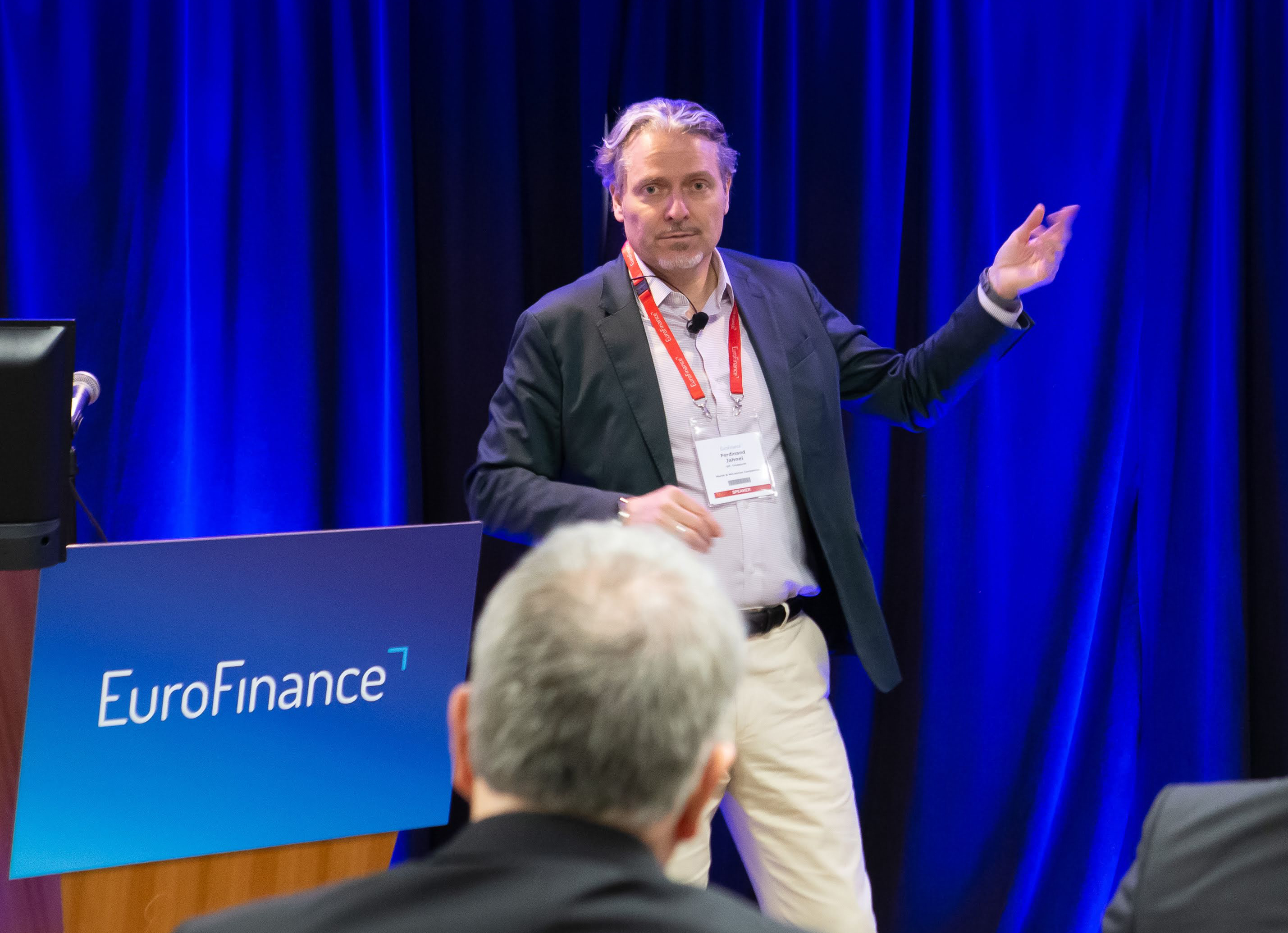How Marsh McLennan bought a $7bn no-deal Brexit hedge from Goldman

Charged with risk managing a transatlantic merger deal, the group’s treasurer bought an unusual deal-contingent FX contract.
When US professional services firm Marsh & McLennan Companies (MMC) announced in September 2018 that it would acquire UK-based Jardine Lloyd Thompson, the world’s sixth largest insurance broker, the acquisition transaction presented a host of financial risks.
“In the process we spent close to $7bn to acquire the equity value as well as refinancing JLT’s debt”, according to MMC’s VP and Treasurer Ferdinand G. Jahnel. “That required a lot of treasury activity with respect to raising the money, hedging the FX and interest rate exposure as well as managing the relationships with our banks and rating agencies, and ultimately closing the deal.”

UK regulations meant that Jahnel’s team had to race into action. “For us timing was of the essence, because we had to have committed financing in place when we announced the deal”, he says. “This was required by UK listing regulations, and bridge financing was the only mechanism available.”
As MMC’s M&A adviser, Goldman Sachs was brought in to provide the bridge financing, which was syndicated lateron out to a larger group of 18 banks. At the same time, Jahnel recommitted the company’s lenders to renew its five-year $1.8 bn credit facility. By this point the risks of the transnational deal became apparent.
The bridge financing had to be in sterling to satisfy UK rules, but when the deal completed, Marsh would be repaying this using dollars. “We needed to secure the full amount of the bridge financing which was £5.2bn, and as a US dollar company we raised the majority of funds in the US capital markets”, Jahnel explains. “To secure the FX risk, we entered into a forward contract”.
However, with no-deal Brexit looming in March 2019, MMC faced the prospect that the acquisition might unravel, leaving it on the hook for the FX forward. “You would have to execute the forward and buy £5.2bn even if you don’t need it, and convert it back in the spot market – there would be a huge market risk we didn’t want”.
After discussion with Jahnel and his team, Goldman agreed to provide a special type of derivative to cover this risk. “We entered into a forward contract but it was unique in that it had a deal-contingent component”, Jahnel says. “What that means is that if the deal were to fall apart for any reason, such as a regulatory issue or an interloper, we could walk away from the forward contract”.

“There was some interest rate exposure that we had between the deal anouncement and ultimately going to the capital markets and issuing bonds that we did in the first quarter”, Jahnel says. “We decided to take some of the treasury risk off the table and entered into so-called T-locks, to protect against treasury volatility”.
These interest rate derivatives were entered into with a series of relationship banks. However, a change in market sentiment ensured that the outcome being hedged against never happened. “As sometimes happens, the markets moved against us, and when equity markets plummeted in November-December, so did treasury yields”, Jahnel observes. “So our T-locks were always out-of-the-money”.
But Jahnel emphases that as with the deal-contingent FX contract, the point of risk management is not to make trading bets. “We had always accounted for that in the deal model”, he points out. “We were comfortable that this was the prudent way to protect the company against treasury volatility”.
When the JLT acquisition completed in April 2019, the treasury team shared in the credit for helping to achieve a successful outcome.
“I think the important thing is to try and anticipate as many things as possible in such a complex transaction and be a trusted advisor to your CFO who is counting on you to identify all the risks and openly communicate them”, Jahnel notes. “Get buy-in and consensus, all the way up to the top of the house, and then execute. Flawless execution is important – have the right partners in the banking world by your side and communicate to them what you want to accomplish.”